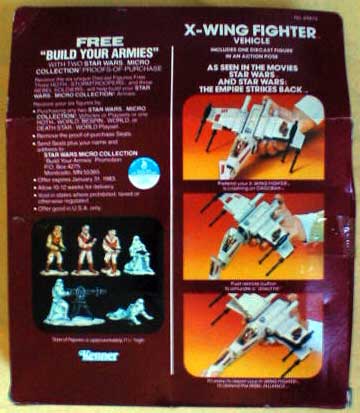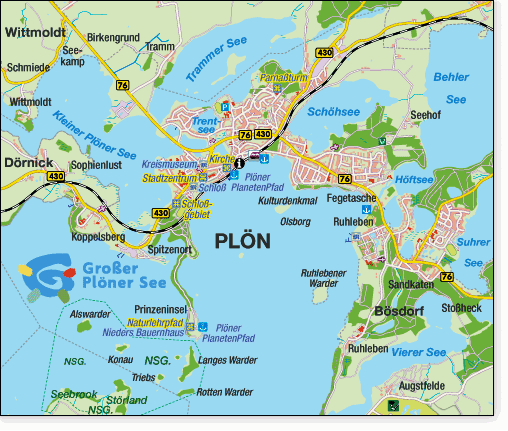-
Gallery of Images:

-
Microeconomics: The Power of Markets. We will apply these concepts to a simple model of trade, showing that now the Consumption Possibilities Frontier allows points outside the Production Possibilities Frontier. 01 Principles of Microeconomics is an introductory undergraduate course that teaches the fundamentals of microeconomics. This course introduces microeconomic concepts and analysis, supply and demand analysis, theories of the firm and individual behavior, competition and monopoly, and welfare economics. Lesson Objectives Define scarcity State why scarcity means people must choose Learn about opportunity cost. Understand the role of rational selfinterest in decisionmaking Analyze how opportunity cost affects rational choices State how and why people generally respond predictably to incentives. Learn the three fundamental resource allocation questions. This content was STOLEN from BrainMass. com View the original, and get the solution, here! The Interior Department recently announced that it will increase the entrance fees at Yellowstone National Park in order to increase park revenues. Basic Concepts of Macroeconomics! Models are theories that summarise the relationship among economic variables. Models are useful because they help us to dispense with irrelevant details and to focus on important economic relations more clearly. Microeconomics Basic Concepts 1055 Words 5 Pages. 1 Economics Economics is a study of how people choose to allocate their scares resources to produce, exchange and consume goods and services to satisfy unlimited wants. Back to course 'ECON201: Intermediate Microeconomics' Unit 1: Introduction and Basic Concepts. This unit provides an overview of basic economic concepts. We begin with a definition of economics and then move to apply its basic tools of analysis. Next, supply and demand is considered from a theoretical standpoint and then is quantified. Essential Graphs for Microeconomics Basic Economic Concepts Production Possibilities Curve A Points on the curve Points inside the curve Gains in technology or resources Basic accounting concepts October 28, 2017 Steven Bragg. There are a number of conceptual issues that one must understand in order to develop a firm foundation of how accounting works. These basic accounting concepts are as follows: Accruals concept. Revenues are recognized when earned, and expenses are recognized when assets are consumed. To survive in todays world of modern business, you must understand the basic concepts and speak the language. Apart from the personal benefits of understanding these concepts, they will also help you in the short and long term as you progress on your entrepreneurial journey. Some Basic Concepts of Macroeconomics The two main fields of study in economics are microeconomics and macroeconomics. Now, as you already know, macroeconomics deals with the economy as a whole. Basic Concepts List for All Available Subjects. Confidential Number Theory Concepts. Ratios, Proportions, Percents and Rates. Know the basic trigonometric identities for sine, cosine, and tangent. Microeconomics (from Greek prefix mikromeaning small economics) is a branch of economics that studies the behavior of individuals and firms in making decisions regarding the allocation of scarce resources and the interactions among these individuals and firms. 1 Basic Macroeconomics Concepts What is macroeconomics? Is a branch of economics that deals with the performance, structure, and. Unit 1 Basic Concepts of Economics By Tasrun Jahan. Introduction In this chapter our concern is with some basic preliminary concepts: (1) Importance or consequance of the study of economics(2) Subjectmatters of economics (3)The basic problem of a economy. Microeconomics is the study of decisions of people and business. Unit I: Basic Economic Concepts. MICROeconomicsStudy of small economic units such as individuals, firms, and industries (competitive markets, labor markets, personal decision making, etc. ) MACROeconomics You implicitly understand scarcity, whether you are aware of it or not. It is the most basic concept in economics, and it is more of a solid fact than any abstraction. MTEL Business: Basic Concepts of Microeconomics Chapter Objectives. Subarea III, Economics, is where you will find questions to determine your knowledge of the fundamentals of microeconomics on. Welch CHS Unit 1: Basic Economic Concepts What is Economics? Economics is the study of scarcity and choice Scarcity means that there is a finite amount of a good or service (Basically they are limited). Because something is limited, we need to make decisions regarding how we use and allocate our resources. Following are the core basic econ0mics concepts as per our online economics experts: Demand and Supply It is a part of Microeconomics. Demand and Supply are the economic standard in market for price determination. Basic Microeconomics Adapted from the original work by Professor R. Larry Reynolds, PhD Boise State University Publication date: May 2011 A Textbook Equity Open College Textbook Fearless copy, print, remix(TM). In any economy, the existence of limited resources along with unlimited wants results in the need to make choices. In this unit, we introduce concepts of opportunity costs and tradeoffs, and illustrate these concepts by using the production possibilities curve. We then consider of how different types of economies determine which goods and services to produce, how to produce them, and to whom. Basic Concepts of Microeconomics. Instruments used to create the goods people desire. Situation in which the amount of an item available is less than people want. Decisions made from a set of alternatives. If you need to study basic microeconomics concepts for an exam or assignment, take a look at this convenient online chapter. Inside, you'll find short lessons and quizzes that can be accessed at. In this unit, you'll learn fundamental economic concepts like scarcity, opportunity cost, and supply and demand. You will learn things like the distinction between absolute and comparative advantage, how to identify comparative advantage from differences in opportunity costs, and how to apply the principle of comparative advantage to determine the basis on which mutually advantageous trade can. This article is a comprehensive AP Microeconomics review defining the ten most important basic economic concepts. It offers examples so that you can easily recall. Lets start off with the first basic economics concept. Review of Basic Concepts (Microeconomics) Review of Basic Concepts (Microeconomics) Ch. 1 Scope of Economic Analysis 1. There is no such a thing as a free lunch, i. Unit One Basic Economic Concepts. Wants Simply the desires of citizens. Wants are different from needs as we will see below. Wants are a means of expressing a perceived need. The Three Basic Economic Questions these are the questions all nations must ask when dealing with scarcity and effcientlly allocating their resources. edu is a platform for academics to share research papers. In contrast to macroeconomics, microeconomics is the branch of economics that studies the behavior of individuals and firms in making decisions and the interactions among these individuals and firms in narrowlydefined markets. Basic Basic macroeconomic concepts MICROECONOMICS Principles and Analysis Frank A. Cowell STICERD and Department of Economics London School of Economics December 2004 Basic Concepts of Macroeconomics. Topics are: an introduction to the basic concepts, circular flow, a short review of basic math skills for microeconomics, production possibilities, basic supply and demand models, basic concepts of price, income and cross elasticity, the market as an allocation process, utility theory and demand curves, the theory of production and functions. Session 1: Basic economic concepts What is economics? Principles of economics Themes of economics What is a market. The purpose of this course is to provide you with a basic understanding of the principles of microeconomics. At its core, the study of economics deals with the choices and decisions that have to be made in order to manage scarce resources available to us. Microeconomics: Introduction and basic concepts 1. Introduction to Micro and Macro Economics The whole economic theory is broadly divided into two parts Micro economics and Macro economics. These two terms were at first used by Ragner Frisch in 1933. AP Microeconomics Practice Test: Basic Microeconomics Concepts. This test contains 5 AP microeconomics practice questions with detailed explanations, to be completed in 6 minutes. In this way, the Power of Microeconomics will help you prosper in an increasingly competitive environment. Note that this course is a companion to the Power of Macroeconomics. If you take both courses, you will learn all of the major principles normally taught in. Please answer by choosing one of the multiple choice answers. exists because people have wants that are unlimited relative to the availability of. Economics is an essential field of study as it is concerned with how businesses, government, society, households, and individuals distribute the resources. experience teaching applied microeconomics to upperdivision undergraduate students. Examples used throughout the text begin with basic concepts familiar to students who have completed a basic microeconomics course, but build on these basic concepts in a host of new ways. Each concept is illustrated using a specific Introductory concepts for AP Economics. Sign in now to see your channels and recommendations. Microeconomics: 7 Core Principle 64 Key Concepts; Microeconomics: 7 Core Principle 64 Key Concepts. Subjects: introduction to microeconomics. Click to Rate Hated It someone who uses basic economic concepts to make sense. Macroeconomics and microeconomics, and their wide array of underlying concepts, have been the subject of a great deal of writings. The field of study is vast; so here is a brief summary of what. This book includes most of the basic contents covered in a microeconomics class. If you want a book that is concise and to the point, I suggest reading it. This AP Macroeconomics review section covers basic economics including the invisible hand, trade and production curve, and supply and demand. Basic Concepts The Invisible Hand AP Macroeconomics StudyMode Premium and Free Essays, Term Papers Book Notes The Micro Unit 1 Summary video is designed to help you understand economics and goes handinhand with my Ultimate Review Packet. In this video I cover the basics: scarcity, opportunity cost, the. Free elementary, middle and high school teacher resources, including puzzlemaker, student games and activities and lesson plans. Basic microeconomics Article (PDF Available) (One of the important concepts in law and. economics is the relationship between a principal and an agent. 1 Economics Economics is a study of how people choose to allocate their scares resources to produce, exchange and consume goods and services to.
-
Related Images:











